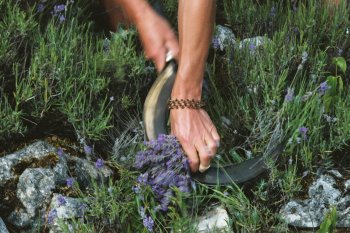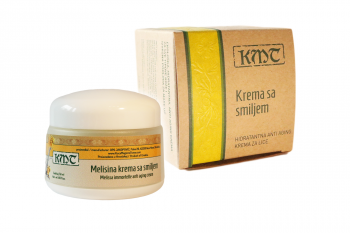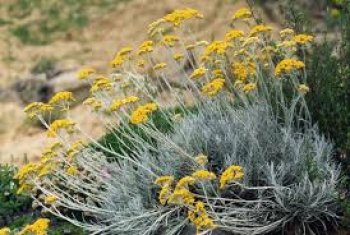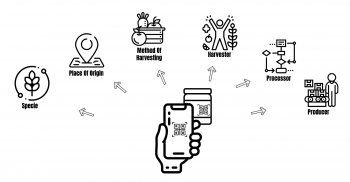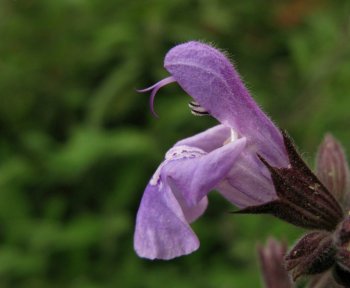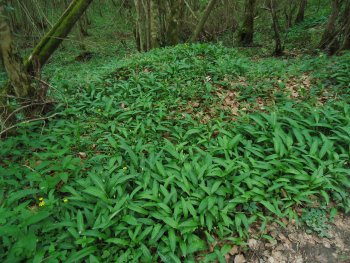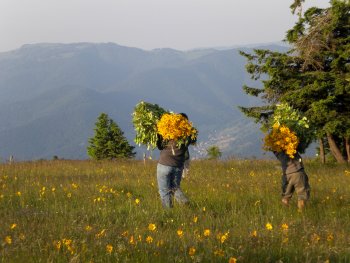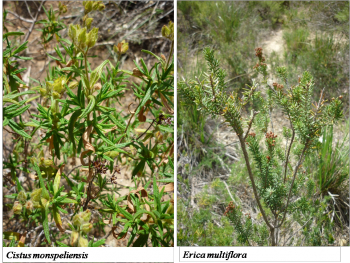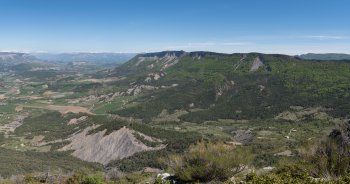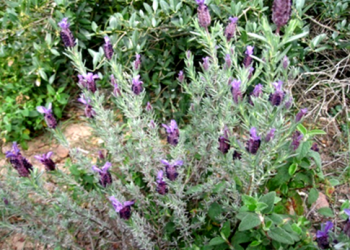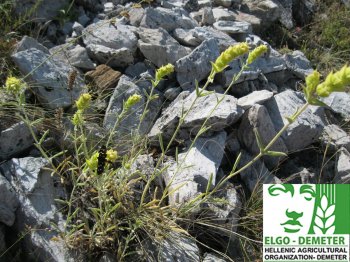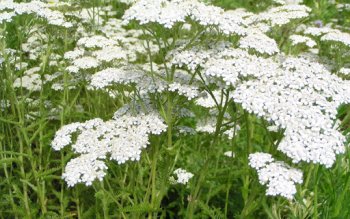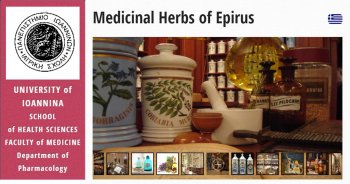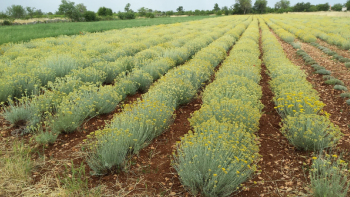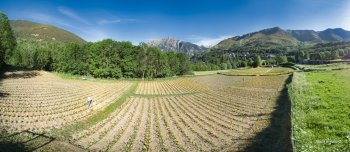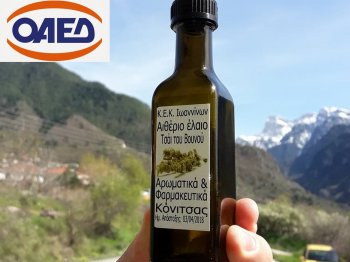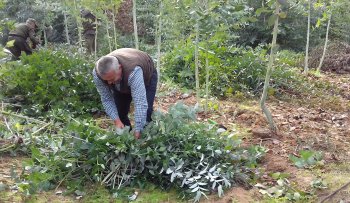Good practice guide for sustainable harvesting of wild plants
The main objective of this guide and its booklets for each species is to provide the pickers with knowledge of specific aromatics and medicinal plants and to serve as support for their training to adopt respectful practices guaranteeing sustainable management of the natural resources.
Its construction is based on a collection of knowledge and practices of pickers, analyzed with a group of scientists with regard to sustainable resource management (threats and renewal challenges).
The objective is also to enhance the picking profession by disseminating its knowledge and know-...

